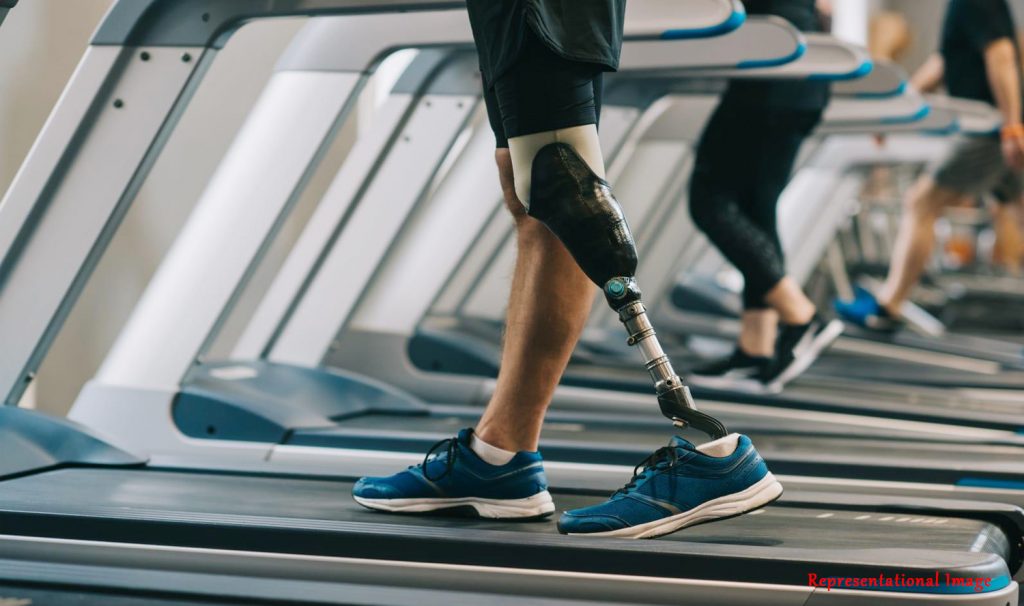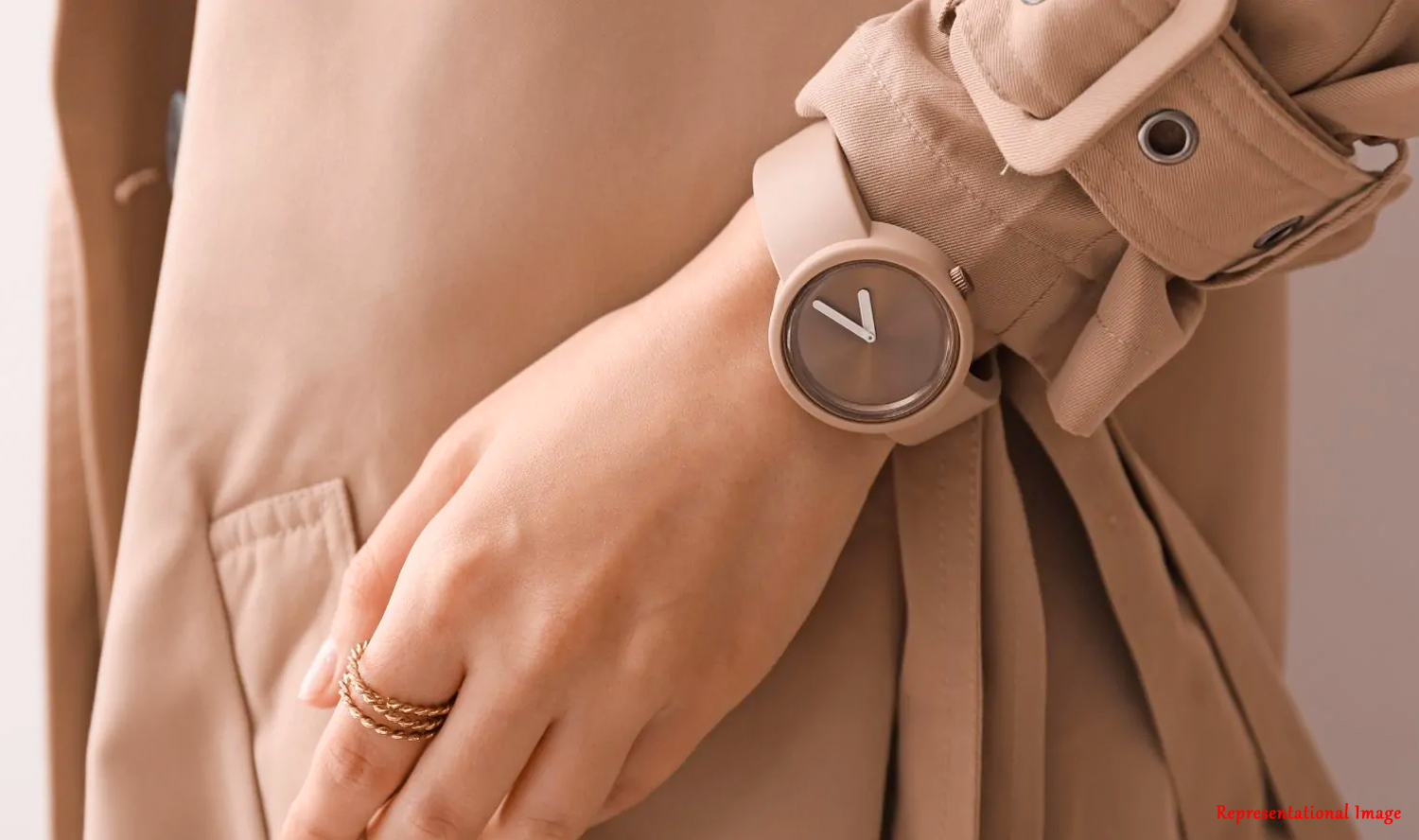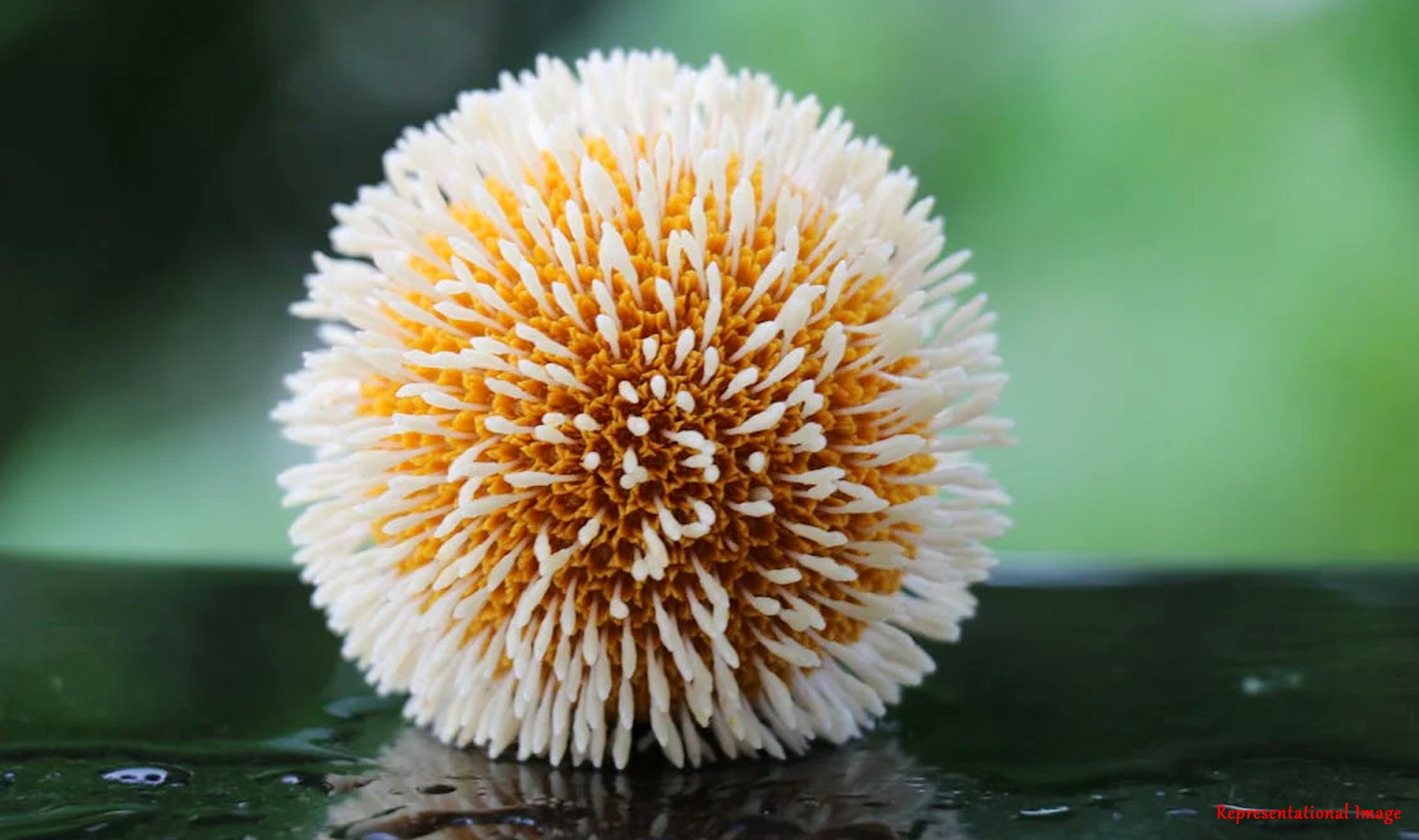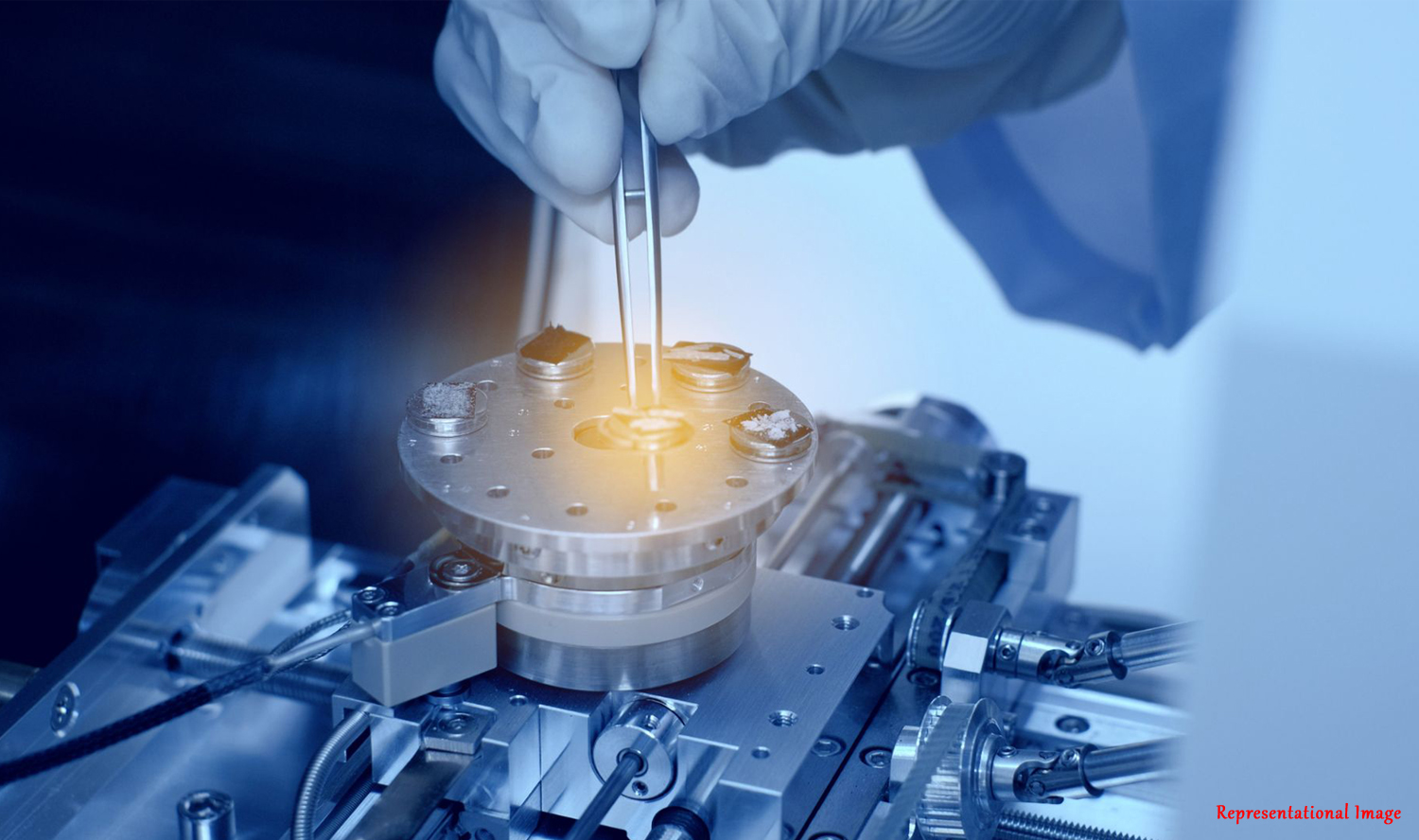
How much would you give for your feet? How much would you give for your legs, or any of your limbs? The answer may be, not much. Yet there are countless people in the world who would give anything to walk again, or even to stand on their own two feet. What if I told such a person that they could have brand new feet, or brand new legs created from scratch? Is there a price for such a gift?
Believe it or not, today’s technologies such as 3D printing may actually be able to construct brand new highly functional feet for a person. What’s more is, it is not magic. It is a combination of mathematics and engineering that could lead to the development of such feet systematically.
The mathematical concept that the authors of this paper, Dr. T. M. Balaramakrishnan, Dr. Sundararajan Natarajan, and Prof. Sujatha Srinivasan, from the TTK Center for Rehabilitation Research and Device Development (R2D2), Department of Mechanical Engineering, Indian Institute of Technology Madras, have used is Finite Element Analysis (FEA). The FEA is a credible technique used to arrive at the critical parameters of a physical system numerically. Given that prosthetic feet have generally been designed through experiments by trial and error, leaving the process expensive in terms of time, cost and manpower, an alternative effective numerical design approach may help reap rich rewards.

Dr. T. M. Balaramakrishnan 
Dr. Sundararajan Natarajan 
Prof. Sujatha Srinivasan
Therefore, in this work, an a priori model has been developed to evaluate the critical biomechanical parameters of a prosthetic foot. Such an avenue can aid in the optimal design of a prosthetic foot through the variation of its stiffness characteristics, whilst being very efficient. Moreover, earlier numerical efforts in the design of prosthetic feet did not take into consideration the non-linear material and contact behaviour, which are essential characteristics of prosthetic feet. This lack of inclusion has left the design of feet using a numerical approach challenging until now.
Thus, in this work, the finite element analysis (FEA) is utilized comprehensively in the design of prosthetic feet, which is a first of its kind move. In this study, the geometric, material, and contact non-linearity of a prosthetic foot are taken into account. A range of biomechanical parameters of a prosthetic foot has been studied. Here are 4 biomechanical parameters listed below:
1. Centre of pressure (CoP) trajectory.
2. Ankle range of motion (AROM).
3. Ankle flexion moment (AFM).
4. Roll-over shape (ROS).
Centre of pressure (CoP) trajectory:
This is a biomechanical characteristic of a prosthetic foot obtained by plotting the CoP in the transverse plane during the stance phase of the gait cycle. Experimental studies were conducted using transfemoral and transtibial prostheses users and the CoP trajectory was observed to influence the dynamic equilibrium whilst walking.
Ankle range of motion (AROM):
This is a biomechanical characteristic that quantifies the degree of plantarflexion and dorsiflexion of a foot during the stance phase of the gait cycle. Previous studies have shown that higher AROM improved tibial progression and stride length, and influenced the temporal symmetry during terminal stance. Increased AROM also improved the ankle power and the moment of the knee in the prosthetic limb.
Ankle flexion moment (AFM):
This is a stance phase gait parameter evaluated by calculating the moment of the ground reaction force about the ankle joint. The influence of the AFM on the energy expenditure and gait asymmetry during walking has been reported. In addition, it was found that the AFM and AROM complement each other and affect the kinematics and kinetics at the knee joint.
Roll-over shape (ROS):
Here, the foot is effectively treated as a cam shaped rocker. This was later defined as the ROS. ROS influences the centre of mass motion, prosthesis alignment, and gait symmetry. It is a vital characteristic in designing a prosthetic foot as it remains consistent across different walking speed, ground inclinations, weights on the torso, and shoe heel heights. The metabolic cost during walking was minimal when the ROS’s radius was 30 percent of the prosthesis user’s limb length.
Despite the extensive characterization of a prosthesis user’s walking, the primary impediment for the development of an effective prosthetic foot until now has been the absence of a numerical approach for a priori estimation of the aforementioned biomechanical parameters. Hence, the primary objective of this work is to present an experimentally validated non-linear FEA of a prosthetic foot for the comprehensive a priori evaluation of its ROS, CoP trajectory, AFM arm, and AROM. This exhaustive finite element evaluation approach can be used as a productive tool for the systematic design of a new or an existing prosthetic foot through the numerical incorporation of different materials and geometries used during the design of prosthetic feet. In addition, using 3D printing tools and new materials, systematic user specific design and manufacture of prosthetic feet could soon be a reality!
Prof. Subramani Kanagaraj from the Department of Mechanical Engineering, Indian Institute of Technology Guwahati, commented on the work done by the authors as follows: “The work is focused on developing a numerical method for the prosthetic foot design to assess the biomechanical parameters of the foot such as roll-over shape (ROS), ankle flexion moment arm (AFMA), ankle flexion range of motion (AROM), and center of pressure trajectory (CoP). The mechanical properties of the SACH foot are fed along with suitable boundary conditions into the numerical model in order to mimic the realistic conditions to obtain these biomechanical parameters. Experimental studies are done using the commercially available SACH foot to validate the numerical model developed in this study, where numerical studies and experimental results are found to complement each other. Thus, it is suggested to use the proposed numerical approach to estimate different biomechanical parameters, which are required to design a prosthetic foot. It may also be explored to have a subject specific design of a prosthetic foot.”
Article by Akshay Anantharaman
Here is the original link to the paper:
https://www.sciencedirect.com/science/article/abs/pii/S1350453321000400











